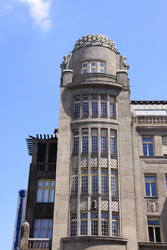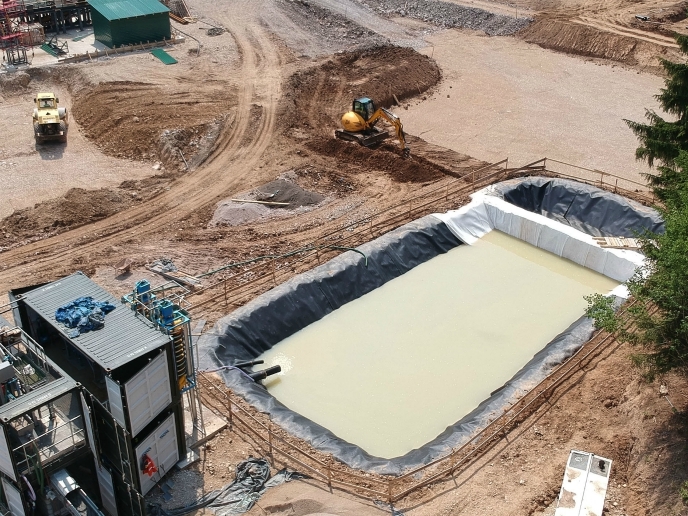Building the future on lessons from the past
The modern avant-garde period in European architecture between the first and second world wars featured some of most interesting and functional buildings of the time. With fresh perspectives in art, music and philosophy emerging, European architecture also saw innovations in design and construction. Art deco, reinforced concrete, seismic considerations, industrialisation and housing solutions for the middle class all played a role in creating a new European trend in building design. These buildings were often built to solve social problems or to give a more glamorous image to a city. The fully EU-funded PIANO project documented this movement. It examined spatial and functional implications of these buildings, including interior organisation and novelty in construction. This subject has not been addressed comprehensively in previous studies and has the potential to enlighten future design in many respects. PIANO looked at buildings from the interwar era in Greece, Italy, Portugal and Slovenia primarily, but also in Germany, France, the Netherlands and Austria. It documented numerous buildings in these countries and undertook a systematic analysis of their style, form and function, which had led to a model inspired by the Dutch artistic movement in 1917, dubbed De Stijl. The project examined the architecture of the era, considering its use of reinforced concrete and efforts to retrofit buildings with a frame structure. It also examined seismic behaviour of these structures, focusing on the relationship between structural engineering and architecture. PIANO extrapolated important conclusions from the evolution of architecture and construction on how environment-related challenges – e.g. earthquakes, tsunamis, climate change – can be addressed in today's buildings. It then looked at the phenomenon of 'rediscovered green space' to address the lack of greenery today in dense urban areas where such buildings abound. These emerging solutions and recommendations were supported by participation of citizens in the process. The research was enhanced by computer modelling and processing, yielding new information and models that will improve construction in the future. In short, the project not only documented and showed due appreciation to the architecture of the past, but it gathered important information to 'build' a better future.







